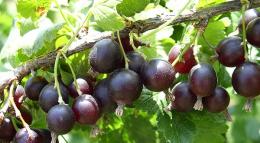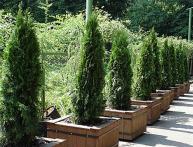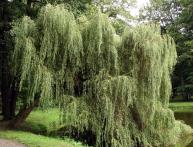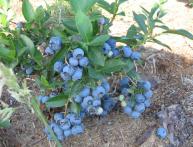How to care for currants in spring

Black currant rightly called the queen of the garden, it not only produces aromatic, delicious berries, its leaves and fruits have healing properties and contain many vitamins, biologically active substances and phytoncides. And there is also red, white and golden currants, each of which has its admirers. Beginning gardeners are often interested in how to care for currants in spring? Currants are undemanding to care, but in the spring you still need to do some things.
Firstly, in the spring, even before the buds awaken, you need to make bush pruning. Remove old branches that thicken the crown. A blackcurrant branch effectively bears fruit for only 5 years, after which it only interferes with the formation of the crop, so old branches must be removed regularly. Besides, it's better at the same time treat the plant phytoverm or actelite from kidney mite. It is a real disaster for currants. If 50% of the buds are affected, then it is better to destroy the plant; it will no longer be of any use, it will only become a source of spread of infection.
If a tick does appear, which can be seen by the swelling of the buds, which become swollen and unnaturally “pot-bellied,” then they need to be removed, plucked out and burned as soon as possible, so that the ticks do not spread throughout the garden in a couple of weeks. If there is no bud mite, then the question of how to care for currants in the spring, besides pruning, comes down to loosening the soil and fertilizing. If the bush does not yet have a stand to help hold the branches in an upward direction, then it’s time to make one.








